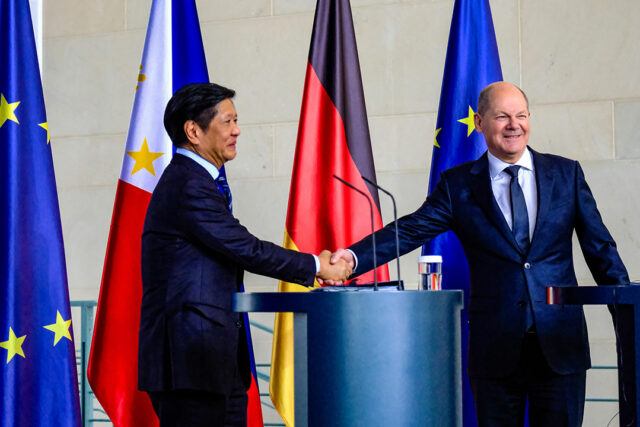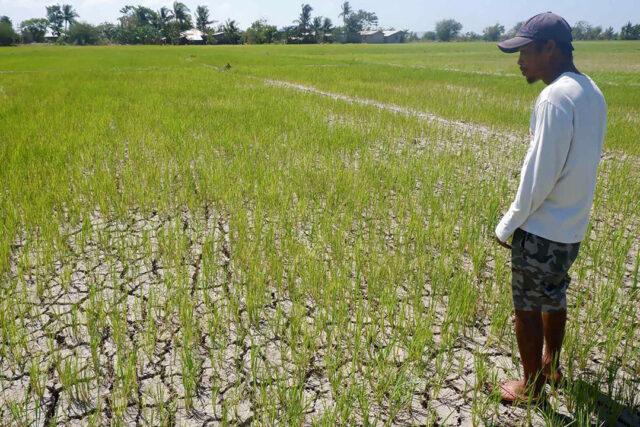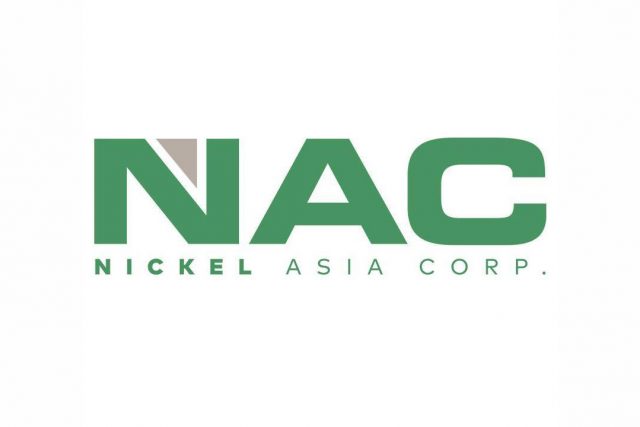AYALA CORP. (AC) saw a 39% rise in its 2023 net income to P38.07 billion, driven by stronger performances of its business units, the listed conglomerate announced on Wednesday.
The company’s core net income improved by 48% to P41 billion in 2023, driven by its banking, real estate, and energy businesses, AC said in a regulatory filing.
Consolidated revenues surged by 12% to P341.9 billion from P306.64 billion in 2022. The company’s total costs and expenses also increased by 7% to P262.48 billion from P245.2 billion in 2022.
“We succeeded in getting aggregate core earnings to exceed the pre-pandemic high. Now we focus on getting better operating and financial results from each of our businesses, and on rationalizing the portfolio where it makes sense to do so,” Ayala President and Chief Executive Officer Cezar P. Consing said.
For AC’s banking segment, the Bank of the Philippine Islands (BPI) had a 31% growth in net income to P51.7 billion in 2023. Total revenues rose by 17% to P138.3 billion due to better net interest and non-interest income.
BPI’s operating expenses climbed by 19% to P69.1 billion, led by larger spending on manpower, technology, and marketing.
On AC’s real estate business, Ayala Land, Inc. (ALI) saw a 32% increase in profit to P24.5 billion in 2023 “as resilient property demand and heightened consumer activity fueled revenue expansion.”
Property development revenues increased by 14% to P92.3 billion, while reservation sales improved by 9% to P113.9 billion.
ALI’s commercial leasing revenues rose by 25% to P41.7 billion due to higher occupancy and rents from malls, offices, and hotels and resorts.
The property developer’s real estate investment trust, AREIT, Inc., also saw a 43% jump in net income to P4.9 billion.
For AC’s energy business, ACEN Corp. saw a decline in its reported net income to P7.4 billion in 2023 due to the P8.6 billion net gain in 2022. The company’s consolidated revenues rose by 4% to P36.5 billion.
“[The decline] was primarily due to a remeasurement gain from the acquisition of the Australian platform, offset by provisions taken for a Supreme Court decision on administered/regulated pricing in the Philippines and the Lac Hoa and Hoa Dong wind farms in Vietnam,” AC said.
ACEN’s parent company AC Energy and Infrastructure saw a 71% increase in 2023 core earnings to P9.5 billion due to improved operating earnings from ACEN and higher contributions from GNPower Dinginin.
On conglomerate’s telecommunications business, Globe Telecom, Inc. saw a 29% drop in its 2023 net income to P24.6 billion due to the one-time gain on the partial sale of its data center business in 2022.
Globe’s gross service revenues rose by 3% to P162.3 billion led by growth in mobile data, corporate data, and non-telco services.
AC said its healthcare business led by AC Health continues to scale its ecosystem, but saw a slightly negative net income in 2023 due to one-offs and higher manpower and marketing expenses.
The conglomerate also said that the losses of its AC Industrials, excluding one-offs, narrowed to P1.2 billion in 2023 from P1.7 billion in 2022 due to better results from the core operations of semiconductor manufacturer Integrated Micro-electronics, Inc. (IMI) and ACMobility’s four-wheel business.
“IMI saw higher earnings from its core business as margins improved and component shortages eased,” AC said.
The conglomerate’s mobility business led by ACMobility, previously named AC Motors, saw better core earnings from the sales of car brands such as Kia, Honda, and Isuzu. However, its motorcycle business saw wider losses led by weaker demand and write-downs on aging inventory.
“ACMobility ventured into the electric vehicle space and has begun to distribute BYD and Kia electric vehicles (EV). It is utilizing the group’s ecosystem, particularly ALI, IMI, and Globe, to build out infrastructure that is supportive of an EV push,” AC said.
MERGER WITH 34 UNITS
Meanwhile, ALI announced that its board approved on March 12 the merger with 34 entities owned by the company as part of internal restructuring efforts.
In a separate regulatory filing, ALI stated that it will be the surviving entity following the proposed merger with the 34 entities. These entities are either directly owned by ALI or by its subsidiaries, AyalaLand Estates, Inc. (ALEI), and AyalaLand Hotels and Resorts Corp. (AHRC).
“The merger is an internal restructuring to simplify the ownership structure and is expected to result in operational synergies, efficient funds management, and simplified reporting to government agencies,” ALI said.
ALI stated that the planned merger will be presented for approval by its stockholders during their annual meeting on April 25.
“Based on the predetermined swap ratios, ALI will issue a total of 993,540,544 ALI shares, of which 883,171,005 will be treasury shares, 110,358,039 and 11,500 ALI shares will be issued to AHRC and ALEI, respectively,” ALI said.
According to ALI, the entities to be merged are engaged in businesses such as landholding, leasing assets/hotels, leasing operations, property development, holding company, golf operations, investment in shares, cinema operations, hotel operations, real estate operations, and snack bar operations.
The entities to be merged with ALI include Ayala Hotels, Inc., Buendia Landholdings, Inc., HLC Development Corp., Redheap Holdings, Inc., Wedgemore Property, Inc., Crimson Field Enterprises, Inc., Red Creek Properties, Inc., Prima Gaedi Development Corp., ALI Triangle Hotel Ventures, Inc., Arcasouth Hotel Ventures, Seda College, Inc., and Asiatown Hotel Ventures, Inc.
Other entities included in the merger are North Ventures Commercial Corp., Westview Commercial Ventures Corp., Circuit Makati Hotel Ventures, Inc., Primavera Towncentre, Inc., Hillsford Property Corp., Sunnyfield E-Office Corp., Southportal Properties, Inc., Regent Horizons Conservation Co., Inc., ALI Capital Corp., Amorsedia Development Corp., Verde Golf Development Corp., and FIVE STAR Cinema, Inc.
Also part of the merger are ALO Prime Realty Corp., Enjay Hotels, Inc., One Makati Hotel Ventures, Inc., Integrated Eco-Resort Inc., Ecoholdings Co., Inc., Whiteknight Holdings, Inc., Ayalaland Medical Facilities Leasing, Inc., Altaraza Prime Realty Corp., Cebu Leisure Co. Inc., and Ayalaland Malls Synergies, Inc.
ALI previously said that it secured the approval of the Philippine Stock Exchange to issue more shares following its merger with Cebu Holdings, Inc.
On Wednesday, AC shares rose by 1.96% or P13 to P675.50 apiece while ALI stocks jumped by 4.33% or P1.40 to P33.70 each. — Revin Mikhael D. Ochave




























